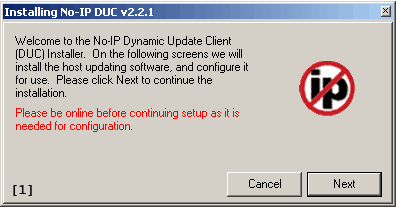

If the computer you used normally has Internet access, then the DNS servers it's configured to use by default are the correct ones.Īlternatively, if you can create a VPN connection from the machine, you could use that to tunnel DNS requests past the network firewall. The best course of action is to use the correct DNS servers. To inspect and potentially block certain lookups, such as those made by malware to its C&C servers. as an alternative to implementing hairpin NAT).

Others (with different OS) are able to receive their IP adress.

second always but very likely, this is not true. It is always like that, I thought that router is somehow slow and returns IP adress in exact 46. second I also see '.unhandled DHCP event for interface.'. To enable the admin to modify specific query results, for example when the admin wants to redirect a publicly-resolvable hostname to an internal private IP address (e.g. My DHCPv4 request times-out after 45 seconds and always, in exact 46. To permit convenient logging of DNS requests made by all LAN clients. To prevent internal domain name information from being leaked to the Internet via lookups against public DNS servers (which are unencrypted). Users reported timeout problems, use links in the line below (.:8245).
#No ip duc request timed out update
To ensure LAN clients use the correct internal DNS servers, which may be necessary to ensure proper function of an internal DNS domain (e.g. If my device supports No-IP do I still need to run the DUC (Dynamic Update Client) Find out in our latest support question of the day video. These can either be DNS servers under the administrator's control, or specific public DNS servers selected by the admin.įorcing clients to use DNS servers under the admin's control (or endure restricted or no ability to navigate the Internet) is commonly done for a variety of reasons: It's common for network administrators to require that DNS lookups originating from nodes on the internal network be done using approved DNS servers. However, given that you did this from a "public computer," the most likely explanation is that your DNS lookup was blocked by the network's firewall. To use this tool, you need to open Command Prompt. You can ping an IP address to test the connection speed between you and another network. Network errors could be to blame as well. Method 1: Try Another IP Address Method 2: Restart Your Modem or Router Method 3: Flush DNS And Reset TCP/IP Method 4: Disable Firewall Temporarily The ping tool is a basic feature in network management. It's possible the DNS server you queried was having a problem and couldn't reply. DNS request timed out means NSLookup submitted the query to the DNS server, but did not get a response.


 0 kommentar(er)
0 kommentar(er)
